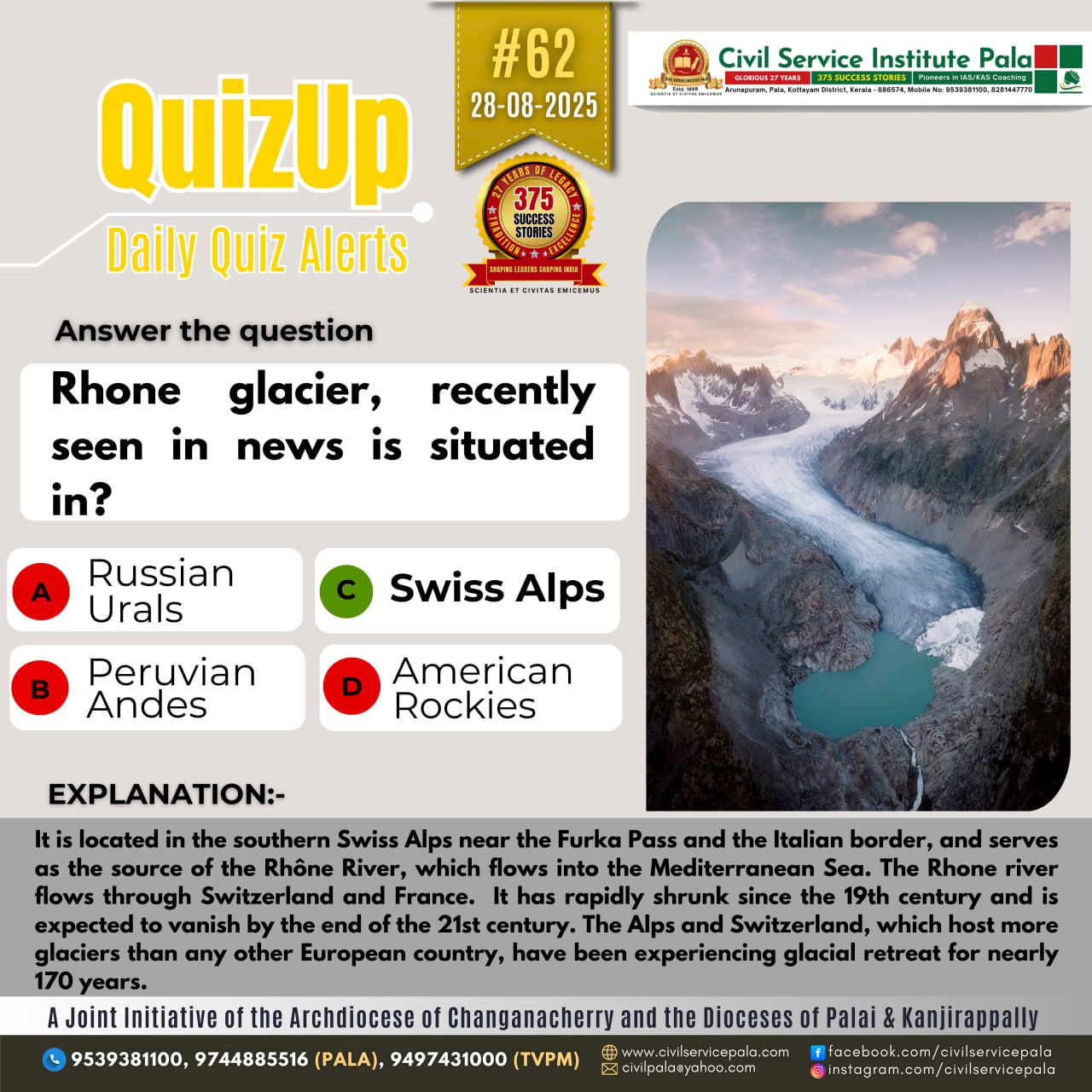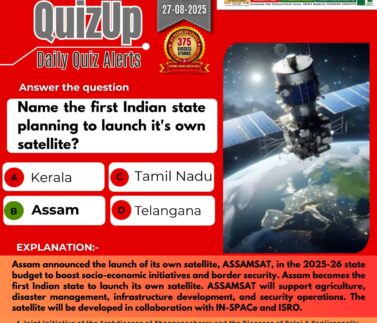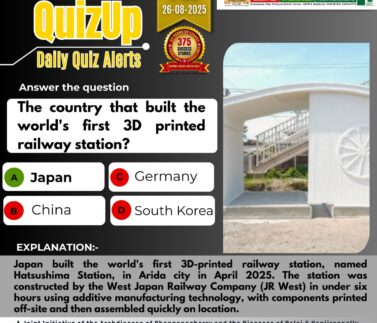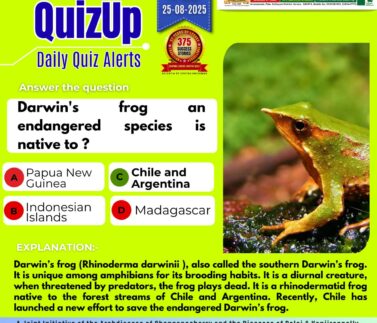
The Rhone Glacier
The Rhone Glacier (German: Rhonegletscher) is one of the most famous glaciers in the Swiss Alps, located in the canton of Valais. It is the source of the Rhône River, which flows through Switzerland and France into the Mediterranean Sea.
🌍 Key Facts about Rhone Glacier:
Location: Eastern end of the Bernese Alps, near the Furka Pass in Switzerland.
Length & Size:
Historically ~10 km long, but now has retreated to around 8 km due to melting.
Covers an area of about 16 square kilometers.
Altitude: The glacier descends from around 3,600 meters above sea level to about 2,200 meters.
❄️ Importance:
Source of the Rhône River: One of the major European rivers.
Tourism: A popular site since the 19th century, especially because of its easy accessibility from the Furka Pass road.
Ice Grotto: Every summer, a tunnel and chambers are carved into the glacier ice, allowing visitors to walk inside the glacier.
Scientific Studies: A key site for studying glacial retreat and climate change.
🌡 Climate Change & Retreat:
The Rhone Glacier has been rapidly retreating over the last 150 years due to global warming.
Since around 1856, it has lost more than 1,300 meters in length.
To slow melting, parts of the glacier are now covered with reflective white blankets in summer, which reduce ice melt by reflecting sunlight.
🔬 Scientific & Environmental Significance:
Acts as an indicator of global climate change.
Provides insights into glacial hydrology, as its meltwater feeds rivers and reservoirs used for hydroelectric power.
Its retreat raises concerns about water supply in the Rhône basin and the long-term impact on ecosystems and human use.Source: https://www.thehindu.com/sci-tech/energy-and-environment/melting-glaciers-cause-switzerland-and-italy-to-redraw-land-borders/article68712819.ece



